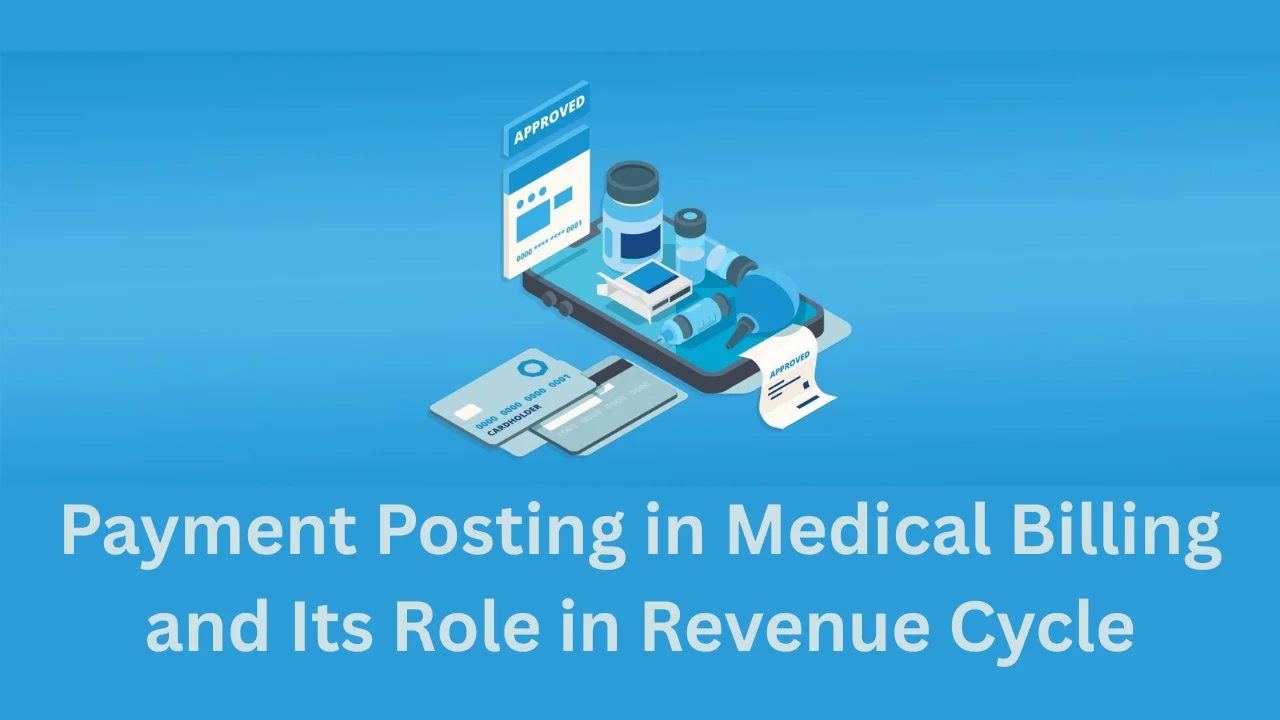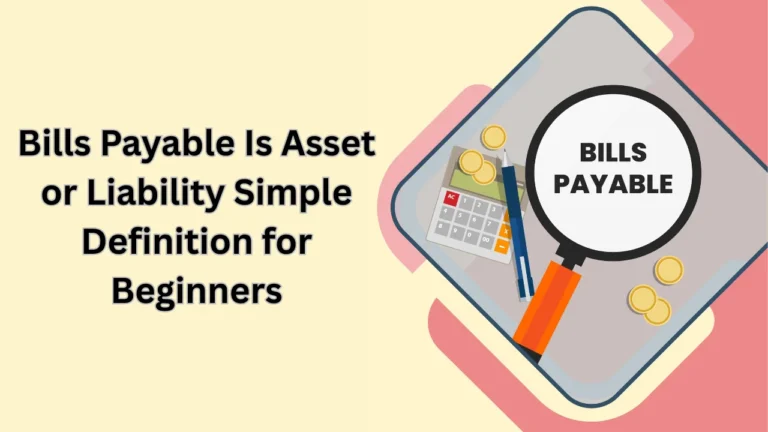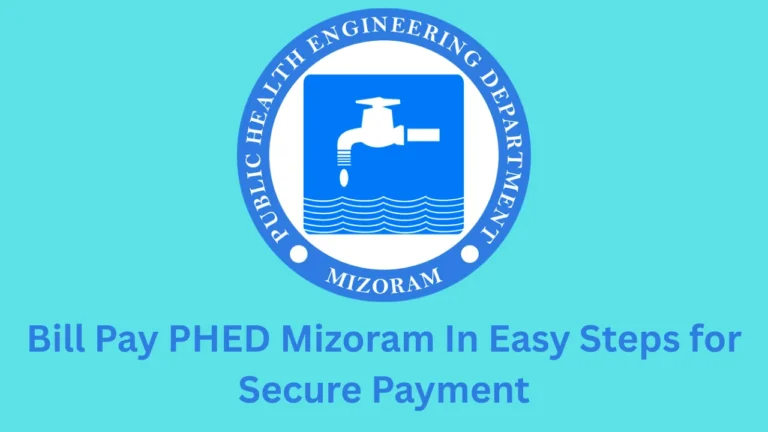Medical billing plays a vital role in the financial health of hospitals and clinics. Among its most important steps is payment posting in medical billing. This process ensures that all payments from patients and insurance companies are accurately recorded and applied to the right accounts. Without this step, errors can pile up, revenue can be lost, and patient balances may be mishandled. Just like knowing the zila sahkari bank balance check number helps customers track their money, proper payment posting allows healthcare providers to monitor revenue flow with precision.
What is Payment Posting in Medical Billing?
Payment posting in medical billing refers to the recording of payments that providers receive for healthcare services. These payments come from insurance companies through Electronic Remittance Advice (ERA), or Explanation of Benefits (EOB), and from patients directly. The main goal is to match the payments to the correct claims and ensure the accounts reflect accurate balances.
Payment posting in medical billing is more than data entry. It is the foundation for spotting underpayments, denied claims, and errors. It also helps practices update patient balances quickly so they can send bills or statements without delay. By doing so, providers not only safeguard their revenue but also maintain patient trust.
Why is Payment Posting Important?
The importance of payment posting in medical billing cannot be overstated. It keeps revenue cycle management accurate and efficient. If this process is not handled carefully, even small mistakes can grow into big financial problems.
When payments are posted correctly, providers know exactly how much they have collected, what remains pending, and what part of the balance falls under patient responsibility. Accurate posting ensures that denials are identified quickly and appealed on time. It also helps keep the books balanced, similar to reconciling bank statements after financial transactions.
The Workflow of Payment Posting
The workflow of payment posting in medical billing generally involves several stages, each vital to accuracy and efficiency. Let us break down the process step by step:
Receiving Payments: Payments come through ERA files, EOBs, patient checks, or digital transactions.
Reviewing Payment Details: Staff check allowed amounts, co-pays, deductibles, and adjustments.
Posting the Payment: Payments are entered into the billing software and matched to the correct claim.
Adjusting Balances: Contractual adjustments, write-offs, or denials are recorded accurately.
Reconciliation: Payments posted in the system are matched with deposits in the bank account.
Denial Handling: Any claim not paid correctly is flagged for appeals or corrections.
This structured flow ensures that all revenue is accounted for, making it easier for providers to monitor their cash flow and reduce errors.
Manual vs. Automatic Payment Posting
In medical billing, both manual and automatic methods are used. Each has its benefits and drawbacks.
| Method | Description | Advantages | Disadvantages |
|---|---|---|---|
| Manual Posting | Staff manually enter payment data from EOBs or checks | Flexible and controlled | Slow, error-prone, time consuming |
| Automatic Posting | ERA files are uploaded into billing systems for automated posting | Fast, reduces errors, efficient | Exceptions still need manual review |
Many providers now prefer automated posting because it saves time and reduces mistakes. However, manual oversight is still necessary to ensure no discrepancies are overlooked.
Payment Posting and Denial Management
One of the biggest advantages of payment posting in medical billing is its role in denial management. Whenever an insurance company denies or partially pays a claim, posting reveals the issue quickly. This allows the billing team to investigate, correct errors, and resubmit claims before deadlines.
Denial management relies on precise posting because it shows the exact reason for rejection. For example, if a service is marked as non-covered or a code mismatch occurs, the billing team identifies it during posting. The faster this step is handled, the better chance the provider has of securing rightful payment.

Impact on Patient Balances
Payment posting also directly affects patient billing. Once insurance payments are posted, the patient’s remaining balance is updated. This allows providers to send accurate statements for co-pays, deductibles, or uncovered services.
Patients appreciate transparency in billing. Clear statements reduce confusion and increase trust between providers and patients. It also improves collection rates since patients are more likely to pay when bills are accurate. Just as tracking finances with the bank of maharashtra balance check number ensures clarity for customers, payment posting provides the same clarity in healthcare billing.
Challenges in Payment Posting
Even though it is essential, payment posting in medical billing comes with challenges. Missing information in EOBs, incorrect coding, or delayed ERA files can cause problems. Sometimes staff shortages or lack of training may lead to errors during posting.
Another challenge lies in reconciling discrepancies between posted payments and actual bank deposits. Providers must also watch for underpayments from insurance companies, which may try to reimburse less than the contracted amount. Regular audits and checks are necessary to keep the process accurate.
How Technology is Transforming Payment Posting
Technology has made payment posting faster and more accurate. Billing software integrated with ERA files can post hundreds of payments automatically in a matter of minutes. Artificial Intelligence (AI) tools now help in identifying discrepancies, spotting denials, and suggesting corrections.
Cloud-based platforms also allow healthcare organizations to view posted payments in real time. This reduces delays, improves cash flow, and makes the entire revenue cycle more transparent. Providers who adopt modern systems often see better results and fewer errors compared to manual posting.
Best Practices for Effective Payment Posting
Healthcare providers can improve their payment posting by following best practices. Training staff regularly ensures fewer errors. Using software that automates posting saves time and reduces mistakes. Providers should also conduct frequent audits to catch discrepancies early.
Effective communication with insurance companies is equally important. When underpayments are spotted, timely follow-up ensures that providers do not lose revenue. Similarly, clear communication with patients about balances makes collection easier and builds trust.
Role in Revenue Cycle Management
Revenue cycle management (RCM) depends heavily on accurate posting. Every claim that enters the cycle must end with either full payment, partial payment, or denial. Without posting, there is no way to track how claims are resolved.
Payment posting in medical billing is the bridge between claim submission and revenue collection. It connects insurance payments, patient balances, and provider income in one streamlined process. If this step is strong, the entire RCM system works smoothly. If it is weak, financial leakage becomes inevitable.
Conclusion
In the world of healthcare finance, payment posting in medical billing is a process that ensures accuracy, efficiency, and transparency. It records payments, identifies denials, updates patient balances, and reconciles revenue with bank accounts. When done well, it keeps the financial health of a practice strong.
Just as people rely on balance check numbers to monitor their personal accounts, healthcare providers depend on accurate payment posting to keep track of income. With automation and modern software, this process is faster and more reliable than ever before. For providers who want to avoid errors and improve collections, focusing on precise and timely payment posting is the key to success.




